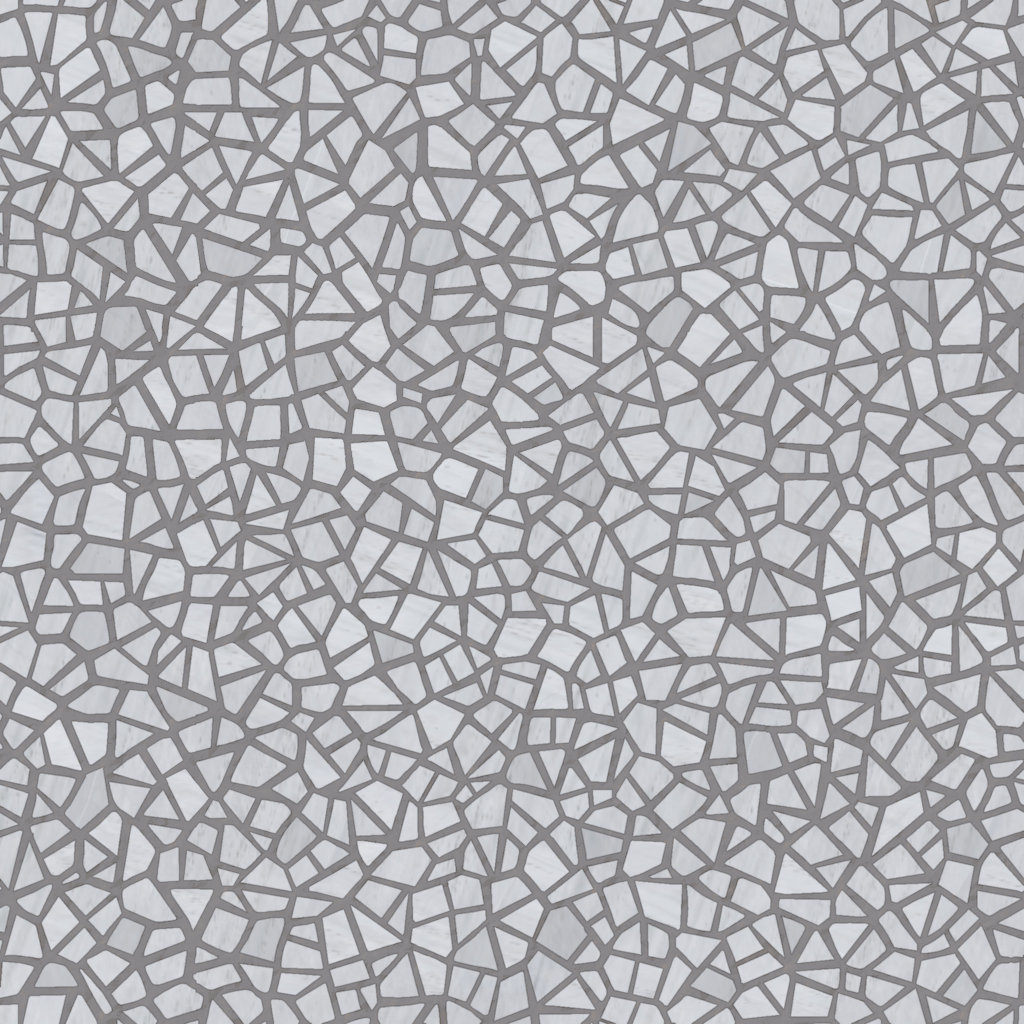

Immediately after the transition, calcite crystals are small, but grow in size to become interlocked, hiding any sedimentary structures and fossilised remains commonly found in limestone. Metamorphosis can also occur when limestone or dolomite rock is exposed to magma from the earth’s core when it punctures through to form magma chambers, or ruptures the earth’s surface and discharges under pressure. Marble is normally chemically transformed from limestone at the boundaries of convergent plates through direct exposure to the heat of the earth’s core combined with the pressure from the weight of layers above causing the calcite to recrystallise, changing the texture and characteristics of the rock, a process known as metamorphosis. The process of denudation, erosion and formation of the new rock is known as sedimentation. Some limestones form when calcitic minerals from plant and animal debris or remains break down, accumulate and are lithified and are known as organic sedimentary rock, occasionally containing fully intact fossils. The particles then undergo a process known as lithification over an extensive period of time, whereby particles are compacted in layers, compressed under their own weight and bound or cemented together when exposed to and combined with chemicals such as oxides or, with limestone, higher concentrations of carbonates, which helps increase the bond between the graduals and reduce the porosity of the newly formed rock. Calcitic minerals can also gather when left behind after bodies of water evaporate. The transportation process helps round and smooth the harder particles and remove weaker grains. High concentrations of the particles are deposited in one area, often setting on lower land or in bodies of water. Limestone, a sedimentary rock, is composed from calcium carbonate, forming when other types of rock are subject to a sequence of weathering and erosion known as denudation: Mechanical weathering from ice, water flow, waves, rain, wind or thermal activity strips or grinds down parts of the origin rock, with particles being eroded, or transported away from the source area, by glaciers, rivers, wind or water. A metamorphic, almost crystalline state variant of limestone, marble polishes to a very high finish, becoming almost completely smooth and reflective.

Marble is rarely a dominant material in buildings due to its high cost, but can be found in ornate flooring, columns, countertops, staircases, cladding, or façade details. Marble typically posses a white finish in its purest form owing to its calcitic carbonate makeup, although other colours are displayed due to a variety of impurities within the stone, from other mineral and rock compositions such as clay, quartz, iron oxides and graphite. Marble is a hard, durable, exquisite stone used in architecture and design as both internal and external finishes. The joints are filled with mortar and are 5 mm (0.2 inches) in width. The image represents a physical area of 1215 x 840 mm (47.8 x 33.1 inches) in total, with each individual block measuring approximately 400 x 100 mm. It is a hardwearing stone that is not fazed by heavy levels of footfall, meaning even the busiest of households would suit a natural slate tiled flooring.A seamless stone texture with marble arranged in a stretcher pattern. It can also be used for external applications, making great garden patios and walls. While slate is porous, once it has been sealed with a stone protector, it is moisture resistant and is therefore suitable for areas of the home where there is likely to be water, such as bathrooms and kitchens. Slate has long been used for tiles because its layered formation means it is easily carved into sheets. Under the right pressure and temperature conditions, these materials change to form a dense, solid rock. It is created by layers of clay and mineral deposits buried deep under the earth.

Slate is one of the hardest stones available for use as a tile, this means it is incredibly durable. Burnt Sienna creates beautiful country house interiors that are cozy and inviting. But while each tile is totally unique, the overall effect is a fairly consistent warm tone throughout. Some areas are more deeply pigmented than others, some have slight gray swathes - a result of its natural origins. There is a natural variation in the shade of red throughout the stone. Its rusty, red-brown coloring is reminiscent of the ancient pigment of the same name, used by artists for hundreds of years. This rich, warm colored Burnt Sienna slate brings an exotic twist to your country home.


 0 kommentar(er)
0 kommentar(er)
